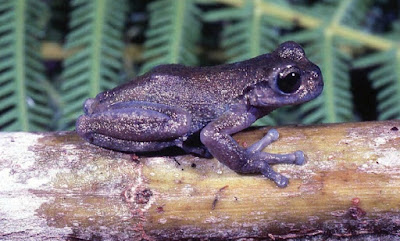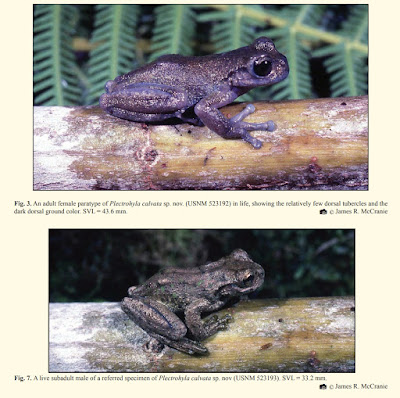 |
| Schistura colossa Kottelat, 2017 |
Abstract
Schistura colossa, new species, is described from the Xe Pian, Xe Set and Houay Champi on Bolaven Plateau in southern Laos. It is distinguished by its large size (up to at least 98 mm SL); the body has 16–21 bars, quite regularly shaped in juveniles and with increasing size becoming more irregular; in the largest individuals the bars on the caudal peduncle are broken up in irregular blotches. Schisturaklydonion, new species, is described from the Xe Namnoy, also on Bolaven Plateau. It is distinguished by its relatively large size (up to at least 76 mm SL); the body has a midlateral row of 12–21 bars that do not reach the dorsal midline and that alternate with a middorsal row of saddles or small blotches, leaving a pale zigzag line between the two rows; the lips have a few sparsely-set pointed papillae. The topography of the plateau and the distribution of the endemic species suggest an earlier connection of the Houay Makchang Gnai and the Xe Katam with the Xe Pian instead of the Xe Namnoy. Both species are endemic to the Bolaven Plateau, have a limited distribution and are impacted by hydropower and agricultural activities.
Key words. Cobitoidei, Schistura, Mekong basin, stone loach
 |
| Fig. 2. Schistura colossa, MHNG 2767.084, holotype, 98.0 mm SL; Laos: Xe Pian River on Bolaven Plateau. |
Schistura colossa, new species
Distribution. Schistura colossa has been collected on Bolaven Plateau in the Xe Pian drainage, a tributary of the Xe Kong, in southern Laos (Fig. 9). A single specimen caught in the Champi and one caught in the Xe Set, both on Bolaven Plateau, cannot be distinguished from the samples from the Xe Pian.
Etymology. The Latin adjective colossus (-a, -um) means giant. Allusion to the size of the species, a giant among Southeast Asian nemacheilids.
 |
| Fig. 13. Schistura klydonion, MHNG 2767.085, 75.8 mm SL, holotype; Laos: Xe Namnoy on Bolaven Plateau (right side, reversed). |
Schistura klydonion, new species
Distribution. Schistura klydonion has been observed only in the Xe Namnoy on the Bolaven Plateau, southern Laos.
Etymology. From the classical Greek κλυδώνιον (klydonion) meaning smallwave, ripple, undulation; allusion to the wavy stripe running along the flank between the row of saddles and the row of bars. A noun in apposition.
Maurice Kottelat. 2017. Schistura colossa and S. klydonion, Two New Species of Loaches from Bolaven Plateau, southern Laos (Teleostei: Nemacheilidae).
RAFFLES BULLETIN OF ZOOLOGY. 65; 341–356.
RAFFLES BULLETIN OF ZOOLOGY. 65; 341–356.

























































































